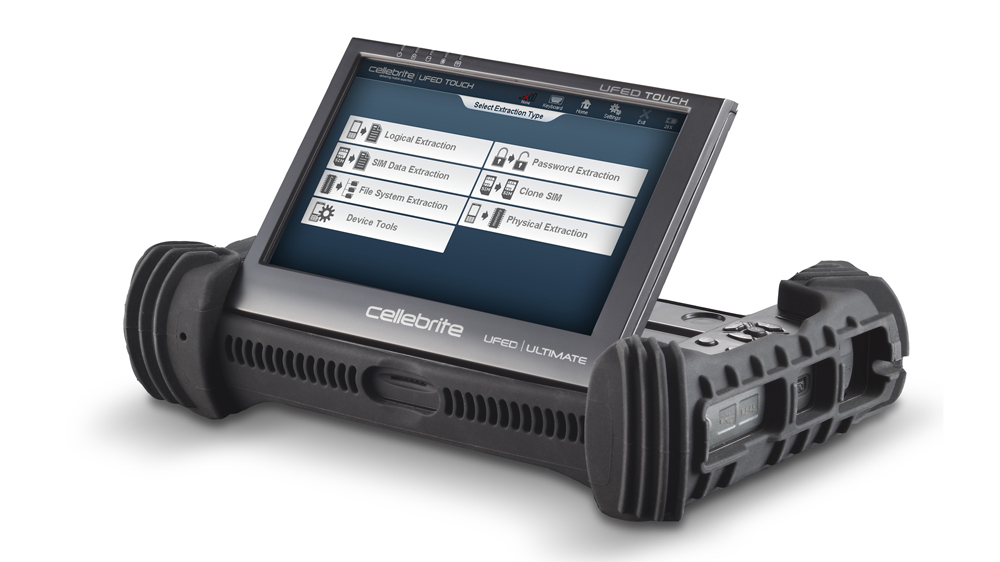
Release the Power button while holding the Home button for an additional five seconds.After three seconds simultaneously hold both the Power and “Home” buttons down for an additional 10 seconds.Press the “Power” button for three seconds.DFU Guide iPhone 5S | iPhone 6 | iPhone 6+ | iPhone 6S | iPhone 6S+ | iPhone SE You can see if the attack is successful by looking at the iPhone screen to see if the Cellebrite iOS client appears. The “Continue” button will only be enabled if the device is in DFU. Placing a device in DFU can prove to be a bit tricky, so follow the steps below for the iPhone versions listed.
Cellebrite iphone data recovery how to#
Pressing on the button will lead you to a general instruction screen that will outline how to place the device into “Device Firmware Update” (DFU) mode. For locked devices with an unknown passcode, contact Cellebrite for additional support.įor each device in the table above, we’ve added a new method (button) under Advanced Logical called “Full File System” (checkm8). In order to avoid confusion with the terms “full file system” and “partial file system” (BFU), and to clarify what can be done on each device using UFED, we suggest using the decision flow diagram below.

In the future, the latest iOS-supported version will be updated on an ongoing basis. The table below shows the supported devices and iOS versions: Supported devices and iOS versions – UFED 7.28 Device (SoC)
Cellebrite iphone data recovery full#
UFED now supports full file system extractions, which also include the keychain extraction from unlocked iOS devices (known passcode or none set), and a partial file system (Before-First-Unlock) from locked devices with an unknown passcode. (The solution is available in Cellebrite’s UFED 4PC and Touch 2 platforms.) This is why Cellebrite introduced UFED 7.28-a new UFED version that fully integrates checkm8. In order to benefit from the checkm8 exploit, typical examiners expect an easy-to-use, all-in-one solution, tried and tested by experts. UFED 7.28 Allows checkm8 To Do Full File System Extractions Under the time-sensitive schedule of the examiner, the multi-stage (and sometimes error-prone) process made it less appealing.The examiner needed a macOS workstation to apply the 3 rd party checkra1n tool.Jailbreak-based methods are considered to be ‘less’ forensically sound.checkra1n was a great achievement however its introduction had little impact on the majority of examiners for main three reasons: To use checkra1n, some devices required installation of additional services, such as Cydia or AFC2 (Apple File Conduit 2), while others worked directly using SSH protocol. This new jailbreak was quickly adopted and used by examiners to get file system extractions from ‘jailbroken’ iOS devices. The first use of checkm8 in forensics started shortly after November 10th, when a group of researchers released the first jailbreak to utilize the checkm8 exploit, named checkra1n. How Digital Forensics Currently Uses checkm8 and checkra1n In this blog, we’ll focus on the forensic use of checkm8 and introduce the first comprehensive implementation of the exploit in the digital forensics world, provided in the Cellebrite UFED solution.

Our recent blog, “iOS Breakthrough Enables Lawful Access for Full File System Extraction”, provided an introduction to the basics. It’s been almost three and half months since independent researcher axi0mX has made public the groundbreaking “checkm8” exploit.


 0 kommentar(er)
0 kommentar(er)
